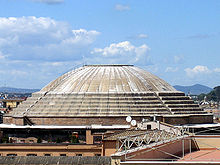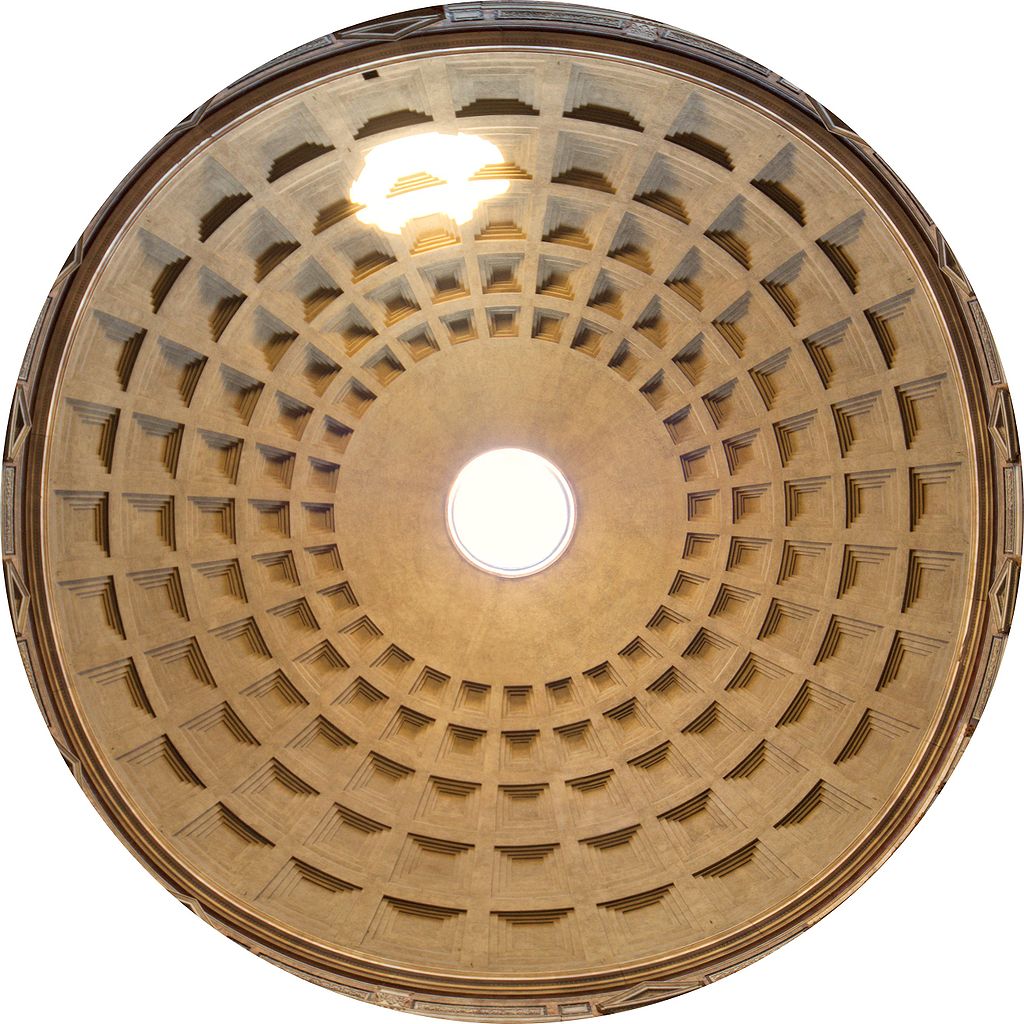About Concrete
History of concrete
More than six billion cubic meters of concrete is produced in the world every year, its composition depends on the type of structure in which it is embedding and on the method of construction. However, the first real concrete, similar to today's, the ancient Romans produced around 300 BC, using pozzolanic cement from Puzzolo, near Naples, as binder. The Assyrians and Babylonians used clay as a binder for their concrete, and the Egyptians used lime and gypsum as cement. With such a concrete many roads has been built, raised the Roman baths, the Colosseum and Pantheon in Rome and the aqueduct Pont du Gard in southern France.
Characteristics of concrete have changed even since Romans and Egyptians discovered that with adding volcanic ash to the concrete mixture it can be maintain a stable under the water as well. Similarly, the Romans were aware that by adding horsehair to concrete, it shrinks less during the hydration, i.e. hardening, or that adding the blood to concrete made it more resistant to frost.
For nearly two centuries, how long concrete is applied, it covered about 70% of the demand in the construction and infrastructure and became the basis of modern urban life. However, today's rapid development in all spheres of life of people is followed by development in the construction industry, which imposes new requirements such as higher durability, higher strength, easier and faster installation and more economical building constructions. Ordinary concrete hardly could achieve these requirements, which resulted in the last twenty years the appearance of innovative concrete in a market, with significantly more developed production technologies.



